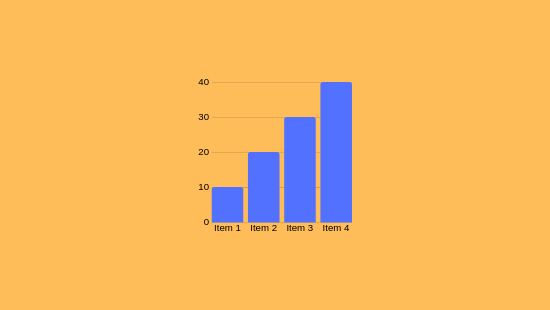
As you explore forex measurements, you'll understand they are computational techniques that scrutinize market numbers to predict market behaviors. These indicators aid in signaling trends, confirming market cues, and uncovering overbought or oversold scenarios. For example, the RSI tracks market force, while Bollinger Bands measure variability. Refining your trading strategy by combining these indicators is crucial, especially if you aim to manage risk effectively.
Understanding Forex Indicators
Forex measurement tools are computational devices embedded in charts to aid investors in scrutinizing market dynamics and making informed decisions. They provide perspectives into price changes and potential trading opportunities by examining past and present market figures.
Forex indicators are divided into four primary groups: trend indicators (e.g., Moving Averages), momentum indicators (e.g., Relative Strength Index), volatility indicators (e.g., Bollinger Bands), and volume indicators.
These tools can signal reversals, confirm trends, or indicate extreme buying/selling. If you're focused on refining your trading strategy, understanding these indicators is vital.
Categories of Forex Analytical Instruments
Upon evaluating market trends, investors usually employ a selection of measures to guide their trading choices.
Forex indicators can be grouped into different types, each serving specific purposes.
Trend Indicators like Moving Averages (MA) and Bollinger Bands aid in uncovering movement patterns and possible price surges.
Momentum Indicators, including the Moving Average Convergence/Divergence (MACD) and Relative Strength Index (RSI), identify momentum changes and indicate excessive buying/selling.
Volatility Indicators like the Average True Range (ATR) quantify market variability, helping traders in setting stop-loss thresholds.
When applied wisely, these tools can boost trading proficiency.
Key Indicators for Trading Decisions
To effectively make trading decisions, understanding and applying key measures that analyze market conditions is essential.
Price Movements (MA) display average prices over specific periods, revealing trends by evening out variations.
The Relative Strength Index gauges market force on a 0–100 scale, indicating excess buy above 70 and signaling oversold scenarios below 30.
MACD analyzes two exponential moving averages to validate directional trends, with graphical representations illustrating bullish or bearish phases.
Bollinger Bands utilize variability measures around a moving average to determine volatility and potential reversals.
Fibonacci Retracement levels denote price thresholds considering historical shifts.
Synthesizing these indicators boosts accuracy by authenticating prompts if congruent, enabling exact timing for currency pairs.
Employing Indicators in Risk Oversight
As you refine investment methods, effectively applying indicators for risk management is crucial. Indicators like Moving Averages and Bollinger Bands notice volatility and identify potential entry/exit points for risk oversight.
These tools permit the setting of stop-loss orders and limit orders, which are key for modulating potential losses.
For instance, applying stop-loss orders caps losses to a certain limit, such as 2% of your trading portfolio per trade. This measured strategy aids in managing forex risks by curtailing exposure to market volatility and leverage, which are notable risks in currency trading.
Combining Indicators for Enhanced Accuracy
Merging measurement tools is a accomplished here tactic for boosting precision in forex trading. This method allows for the use of diverse instruments to examine several facets of market behavior, such as trends, momentum, and variability.
By implementing indicators like Price Averages, RSI, and MACD, you can formulate resilient trade schemes. Instance given, pairing Moving Averages with RSI and Volume confirms trends and drive, while Bollinger Bands with Stochastic assess fluctuation and anticipate reversals.
If indicators from separate categories work together, redundancies are minimized, and trade signals are uplifted.
Conclusion
You now grasp how forex indicators operate, covering their diversities like trend, momentum, and volatility tools. These elements aid in uncovering pivots and confirming trend continuity. Through combining tools, trading precision is boosted, and risk management is better managed. For instance, using the Relative Strength Index (RSI) to highlight buying peaks and Bollinger Bands to analyze fluctuation can refine your trade choices.